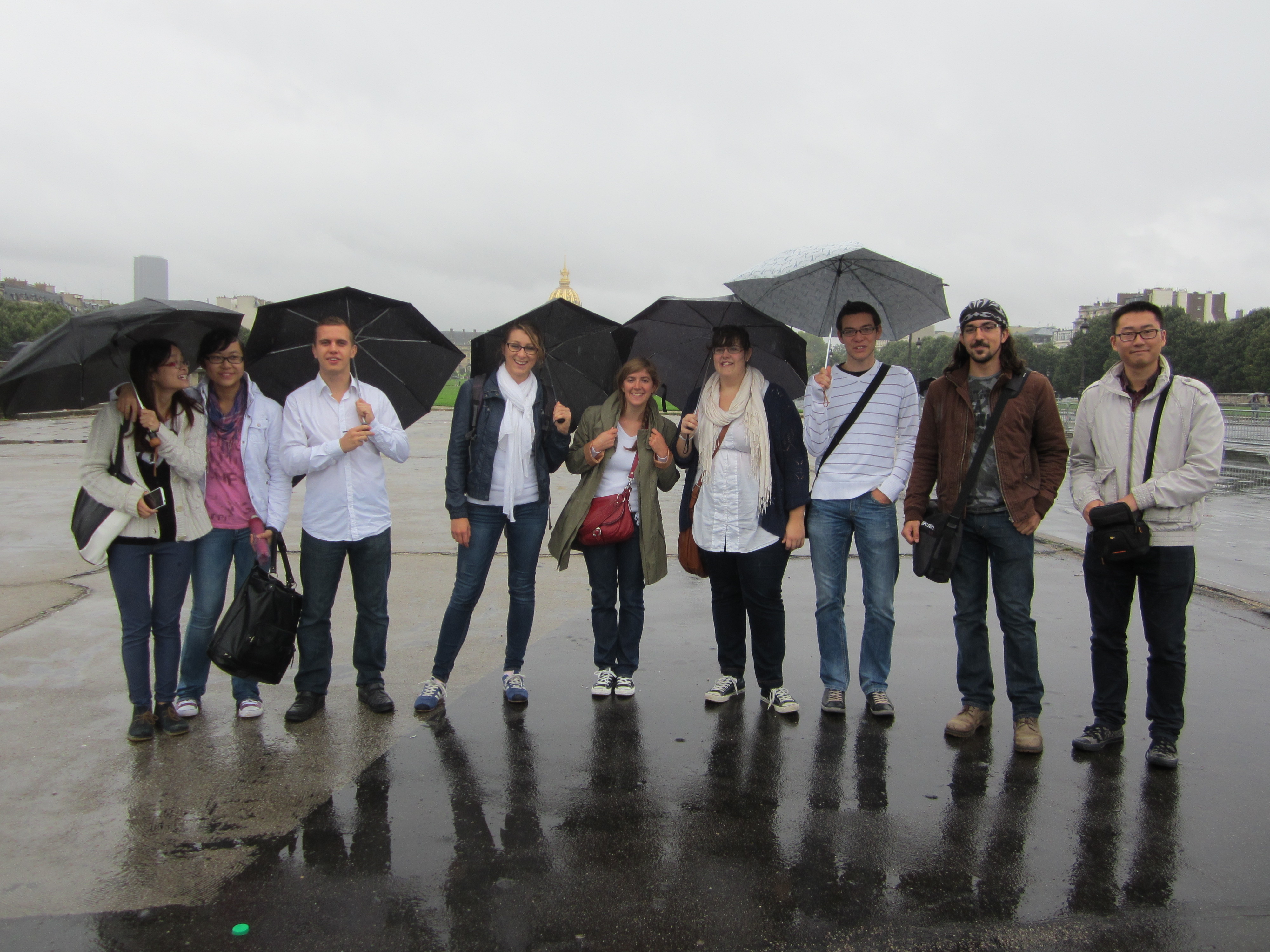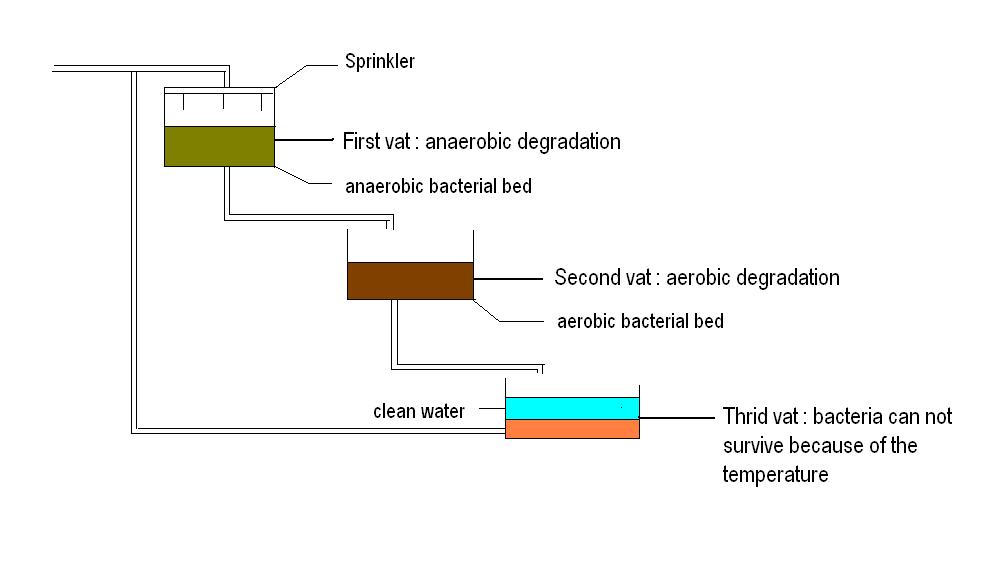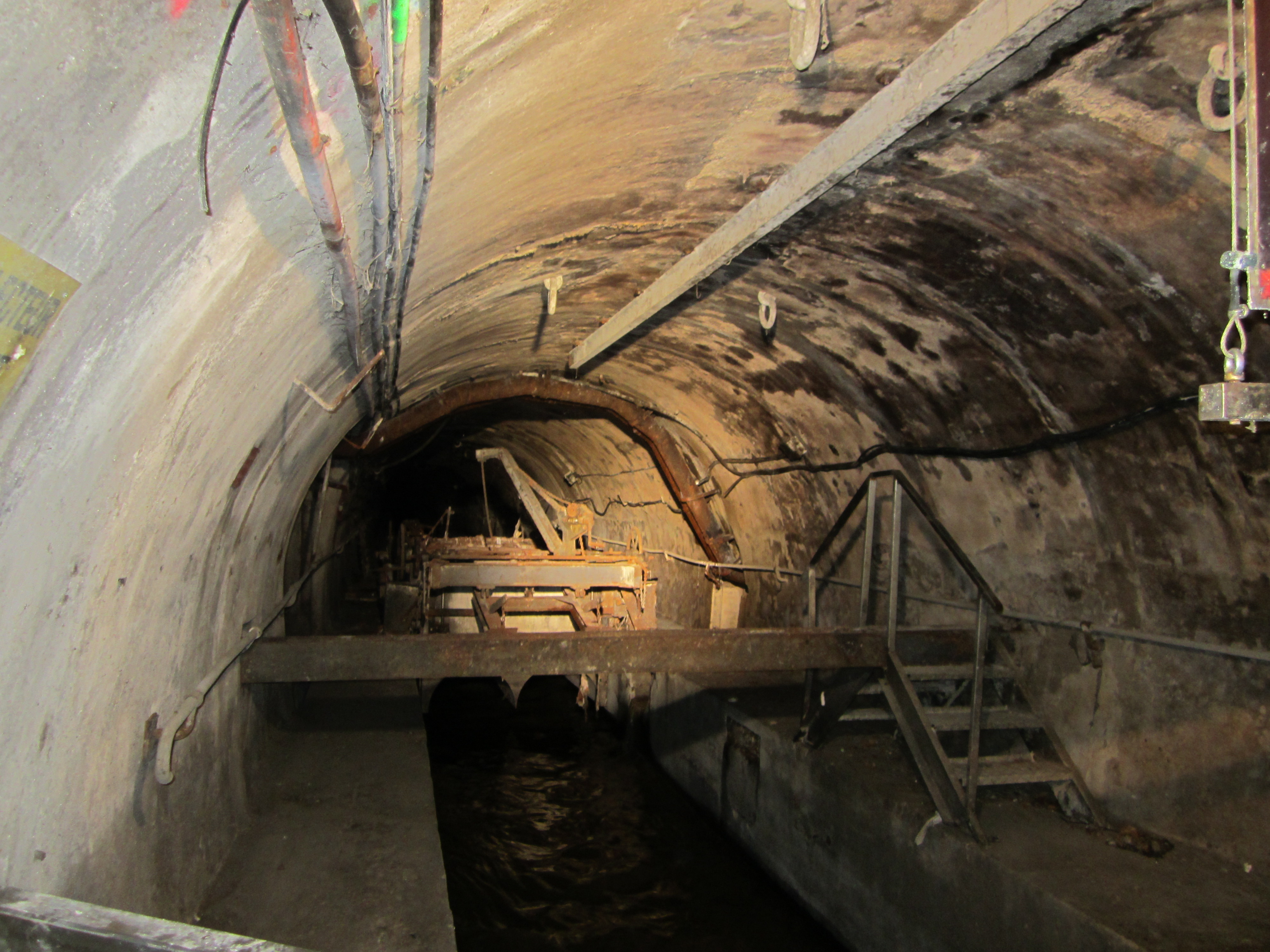Team:Paris Saclay/Human Practices
From 2013.igem.org
Contents |
Reflection on the ethics of the project
Our project raises a lot of ethical and technical questions : Can we "free" genetically modified bacteria in the environment, how can we prevent the potential spreading of these bacteria, how will people perceive our project ...
So, we decided to divide our reflection on the ethics of the project in two parts :
1. Evaluation of the public perception of our project and of synthetic biology.
2. Reflection on containment protocols that we could use to prevent our modified bacteria to spread into the environment
Evaluation of the public perception of our project and of synthetic biology
Because synthetic biology may have impacts on everyone's life, and because if our project aims at decontaminating soils and waters from PCBs, it also involves the manipulation of living organisms that could be intentionally or not released into the environment, we wanted to try to have an idea of how our project will be perceived by the french population. We therefore decided make a poll in Paris during one afternoon. In this poll we tried to ask specific questions to see if the French are aware of the consequences of the pollution of water and what they think about our project.
Reflection on containment protocols that could be used to prevent our GMO bacteria to spread into the environment
Bacterial Filter
Our project aims at developing a bacterial strain that can degrade all PCBs molecules into nontoxic metabolites. However, PCBs are mainly found in soils and waters, so we had to think of a system that could allow decontamination without releasing GMO bacteria in the environment. Therefore, we thought about developing a bacterial filter that can be used in water-treatment plants. The important part of the conception of this filter is to find a efficent system to prevent the spreading of bacteria in the environnement. However, as accidental release into the environment is always a risk, we thought that we could include a system that would result in the death of the bacteria if they were accidentally released in the environment. We thought we could use the GEMOTE system developed by the 2012 iGEM Paris-Saclay team (https://2012.igem.org/Team:Paris-Saclay). This system can be used to limit the survival of the bacteria outside a specific temperature range.
To design our filter, we based our researches on the model of the bacterial bed.
The common bacterial bed :
The common bacterial bed is composed by a porous material used as a bacterial support. Dirty water is sprayed on the top with a sprinkler system and water streams in the bacterial culture during one hour. The clean water is collected on the bottom of the vat and an oxygen system allows the aerobic degradation. When the bacteriological mass is too important, bacterial biofilms naturally fall and have to be separated by settling. This method have some important disavantages :
- The bacterial mass must not be submerged,as because of the lack of oxygen, aerobic reactions will not occur
- The settling is long and not very efficient.
So, we proposed these solutions :
- Our bacteria can degrade in aerobic and anaerobic environment, so, even if the bacterial mass is submerged the anaerobic degradation can continue.
- The destruction of bacteria can be improved by the GEMOTE system : we can cultivate the bacteria between X and X+dX °C and the settling can be made below or above this temperature interval. This system could raise the yield of destruction of bacteria and reduce the time of settling.
Our PS bacterial bed
It will be composed by a natural porous material : gravels with a blanc space rate of 50%, and by three vats of culture.
- The first vat will be composed by an airtight material that allows anaerobic degradation of PCBs. During this step the temperature will be maintained at 37°C, a temperature at which bacteria can proliferate. Thanks to a sprinkler, dusty water will be sprayed on the top of the bacterial bed, and E. coli could dechlorinate PCBs. The partial cleaned water will fall in the second vat with baterial mass in excess.
- The second vat (at 37°C too) will be composed by a bacterial bed in contact with O2 thanks to a ventilation system. In this vat, the aerobic way is possible, and dechlorinated PCBs can be totally degraded. The cleaned water and the bacterial mass in excess fall in the third vat.
- The thrid vat will be maintained at the room temperature and the excess of bacteria will die thanks to the GEMOTE system.
This operation can be repeated in order to perfecty clean-up the water.
One of the major problem of this PS bacterial bed is the weak concentration of PCBs in water. But our system allows the two ways of degradation.
references :
http://crdp.ac-amiens.fr/enviro/eau_maj_solution_p10.htm
http://www.emse.fr/~brodhag/TRAITEME/fich16_1.htm
http://www.eau-rhin-meuse.fr/tlch/procedes_epuration/F03_lit_bacterien.pdf
Parisian Sewers
Moreover, to understand the water cycle, the way water is cleaned and recycled, we have visited the Parisians Sewers during an afternoon.
Writing by Caroline
 "
"


